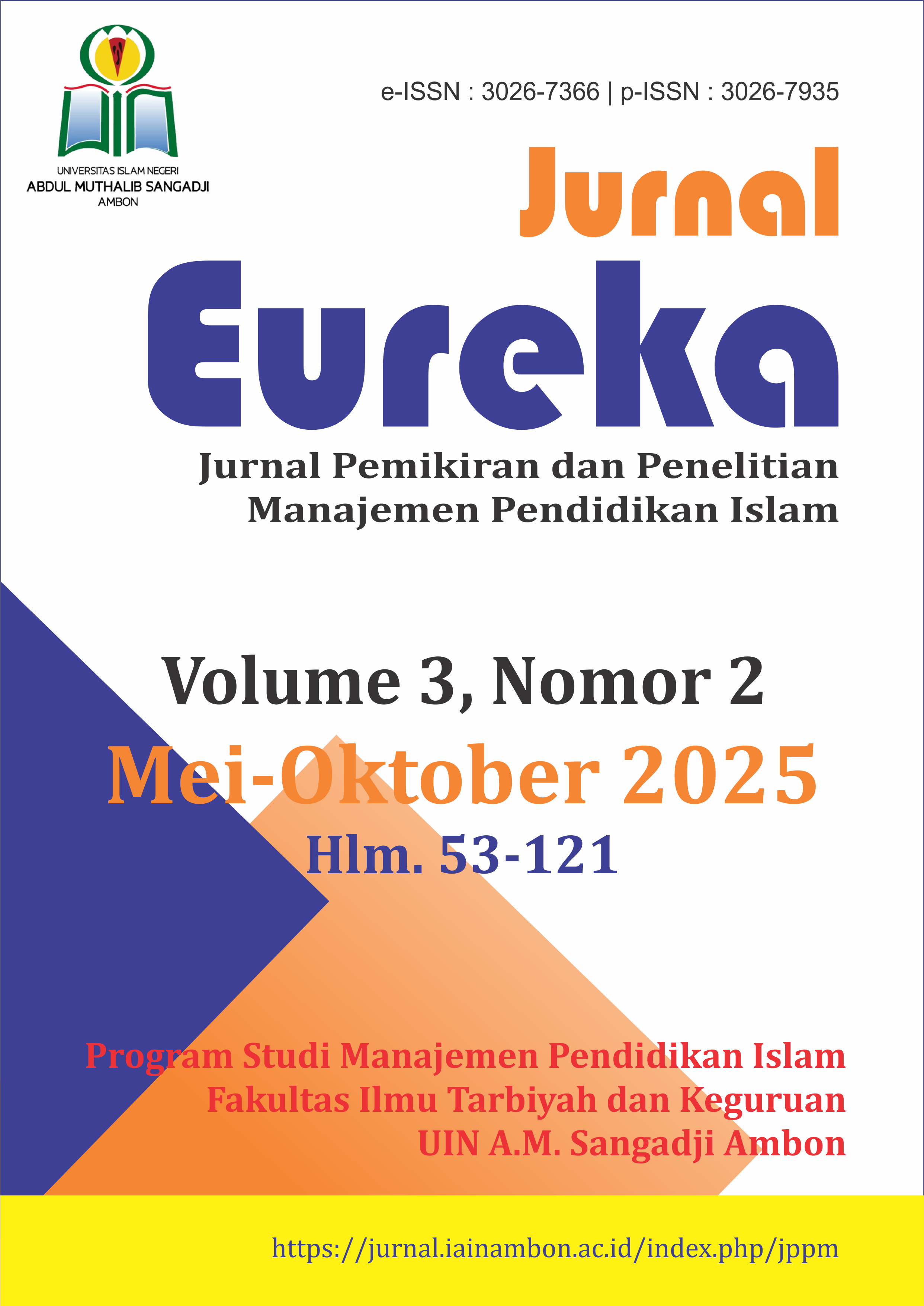Manajemen Pendidikan Untuk Daerah Terpencil: Perbandingan Strategi Pemerataan Akses di Indonesia dan Malaysia
DOI:
https://doi.org/10.33477/eureka.v3i2.11913Abstract
Education is a fundamental right for every individual, including those living in remote areas. However, limitations in access and infrastructure often pose a major barrier to achieving educational equity. This study aims to evaluate methods for mapping educational access in remote areas in Indonesia and Malaysia. The methodology used is a descriptive qualitative study with a comparative approach, analyzing government policies, strategic programs, and implementation outcomes in both countries. The research findings indicate that Indonesia and Malaysia implement different approaches to mapping and reaching remote areas. Indonesia prioritizes strengthening spatial databases and intersectoral collaboration, while Malaysia prioritizes the application of digital technology and community-based infrastructure development. Both approaches have their own advantages and challenges. The results of this study are expected to serve as considerations and references for policymakers in formulating more inclusive and equitable education policies across all regions, especially for less developed and difficult-to-reach areas.
Keywords: Education for remote areas, comparison of strategies, equitable access in Indonesia and Malaysia
Downloads
Published
How to Cite
Issue
Section
License
Authors who publish with this journal agree to the following terms:
Authors retain copyright and grant the journal right of first publication with the work simultaneously licensed under a Creative Commons Attribution License that allows others to share the work with an acknowledgment of the work's authorship and initial publication in this journal. Authors are able to enter into separate, additional contractual arrangements for the non-exclusive distribution of the journal's published version of the work (eg, post it to an institutional repository or publish it in a book), with an acknowledgment of its initial publication in this journal. Authors are permitted and encouraged to post their work online (eg, in institutional repositories or on their website) prior to and during the submission process, as it can lead to productive exchanges, as well as earlier and greater citations of published work (See The Effects of Open Access).






